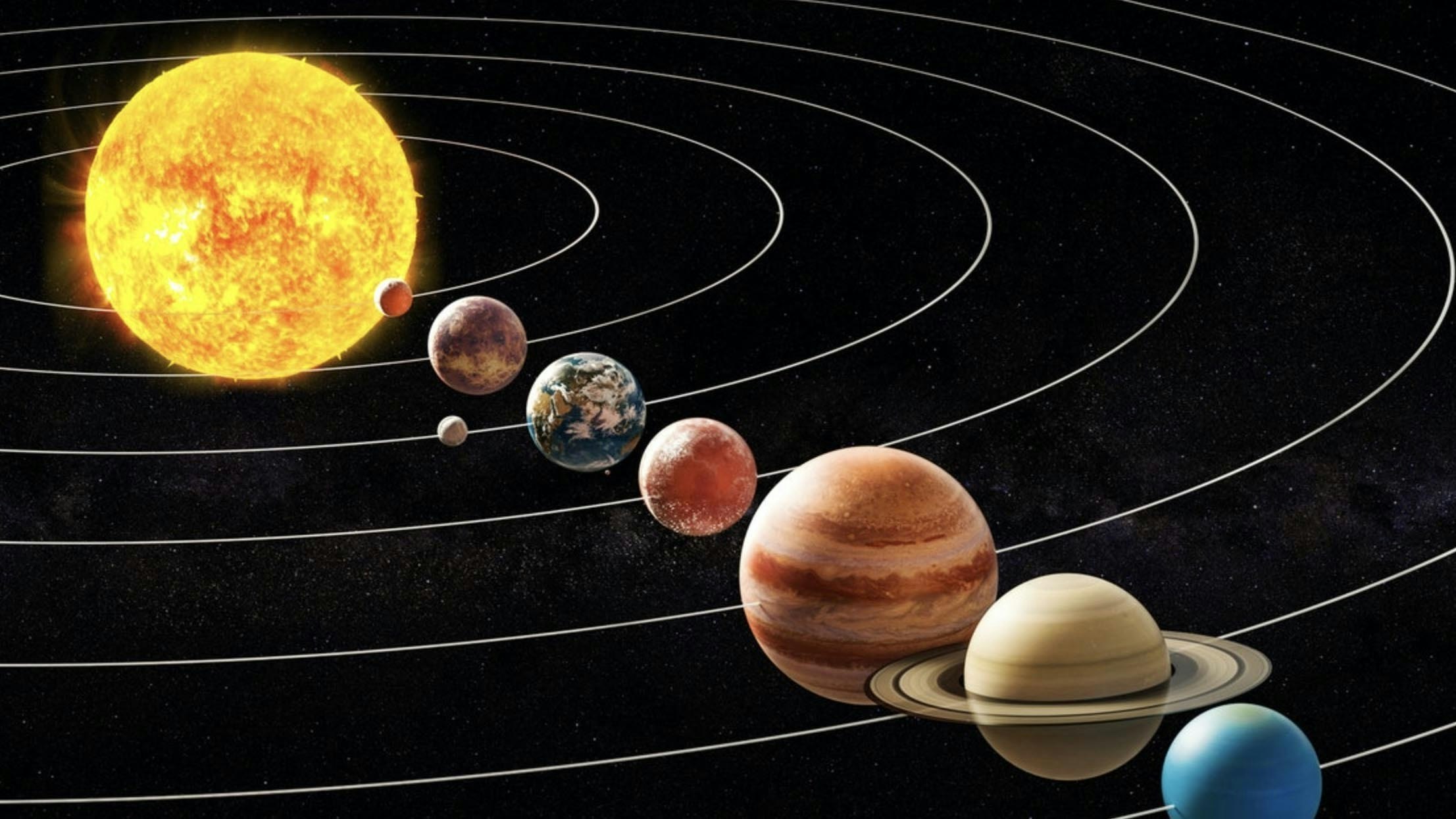A University of Wyoming astronomer is recommending following the old adage of “early to bed, early to rise” on Friday, as there will be a rare five-planet alignment that morning.
Mercury, Venus, Mars, Jupiter and Saturn will align on Friday morning, just before sunrise. This is a rare event, occurring only once every 18 years, and will not happen again until 2040.
“Get up early, before sunrise, and look to the east for the rising planets,” UW planetarium coordinator Max Gilbraith told Cowboy State Daily on Wednesday. “If the weather is clear the alignment should be unmistakable.”
As sunrise times are not uniform in Wyoming, check to see when it occurs in your area and get up beforehand. It ranges from 5:19 a.m. in Gillette to 5:21 a.m. in Sheridan to 5:26 a.m. in Cheyenne to 5:35 a.m. in Riverton to 5:42 a.m. in Jackson to 5:52 a.m. in Evanston, and all points in between.
Weather
Weather conditions in certain parts of the state, stretching from Cheyenne to Casper to Worland, will be sunny on Friday morning with a possibility of rain showers and storms in the afternoon, according to the National Weather Service.
Other parts, such as Cody and Gillette, are expected to have rain early Friday, which could affect the visibility of the planet alignment.
According to science outlet Live Science, the “alignment” of the planets is actually a trick of perspective and that the planets aren’t actually in a straight line in space. The planets orbit the sun on a flat plane and when they pass close enough to each other, it appears from Earth that they have aligned.
The outlet also reported that the planetary line will be in the order of the planets’ distance from the sun.
Mercury circles the sun every 88 Earth days, Venus every 225 days, Mars every 687 days, Jupiter every 12 years and Saturn every 29 years.
What About Uranus?
The eight planets will never fully align, because not all of them are on parallel orbital paths and some of the orbits are tilted compared to others, according to news outlet WUSA9.
However, it is possible that people of Earth can sometimes see all seven planets in the same night sky, although it won’t happen in the next few lifetimes. Science Focus reported that the last time it occurred was in 949.
The next time it will occur will be May 6, 2492. This date could change if astronomers discover another planet. It should be noted that Pluto is no longer considered a planet.





